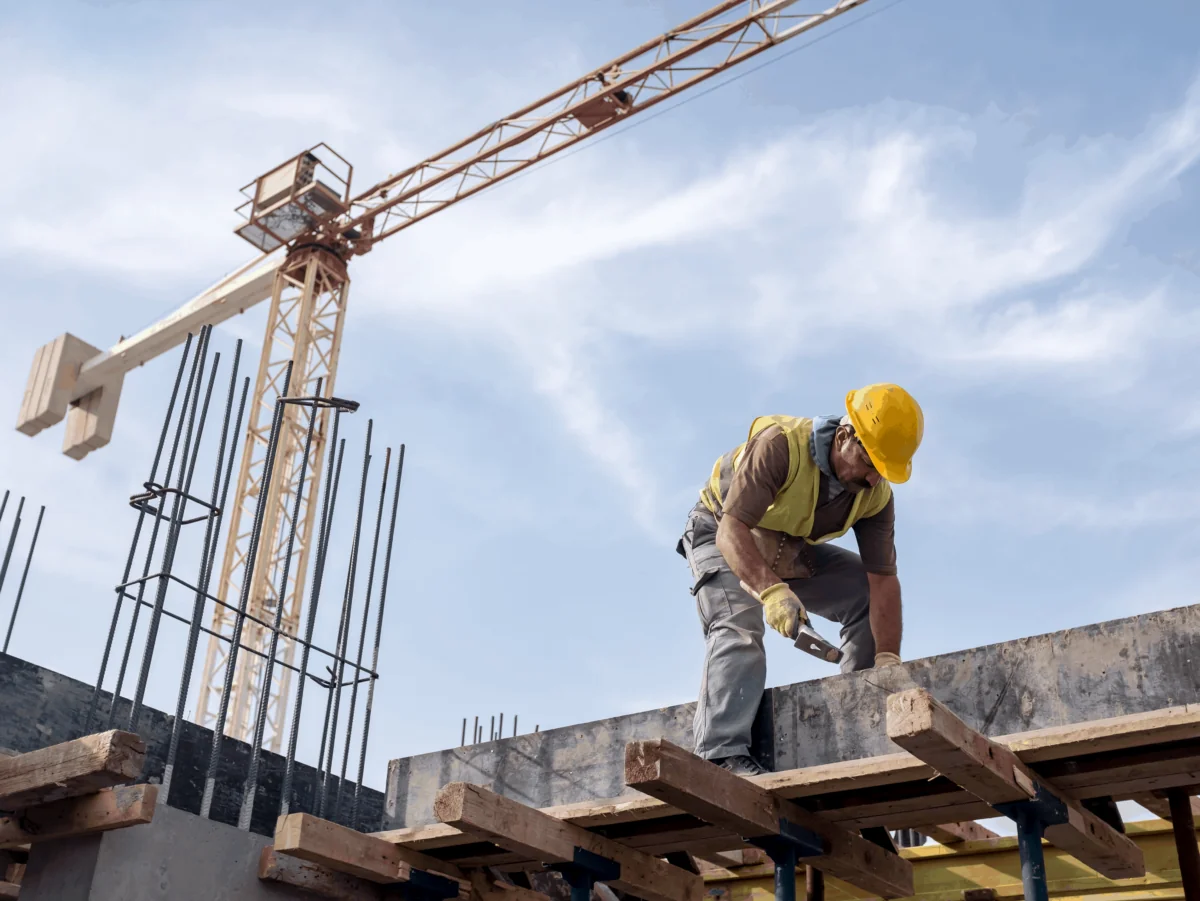Timing is Everything: Claims of Lien and Releasing Holdbacks

This blog was prepared with the assistance of summer law student Ian Schatz.
A recent Saskatchewan Court of Appeal judgment significantly clarifies owner liability for claims of lien registered after the time for release of the holdback. The Court of Appeal’s decision also clarifies the effect of an order discharging a lien versus registration of the order.
In Hastings Enterprises Ltd. v 7-Eleven Canada Inc., 2021 SKCA 70 (Hastings Enterprises), the Saskatchewan Court of Appeal affirmed a Chambers decision on the validity of claims of lien that subcontractors had registered after the release of holdback.
Background on Claims of Lien after Holdback Release
The case concerned the construction of a convenience store. Near the end of the project, several subcontractors filed builders’ liens:
- Six subcontractors filed liens between November 21, 2016, and February 16, 2017. The owner paid out and discharged the liens by March 6, 2017.
- On March 9 and April 6, 2017, subcontractors registered two other claims of lien. These liens were discharged by an order granted on April 21 and formally issued on April 25, 2017, but not registered with ISC until April 27, 2017.
- Beginning on April 26, 2017, subcontractors registered four additional claims of lien after the April 25, 2017 order.
Altogether, the subcontractors registered $242,006 in claims of lien against the property after the owner released the holdback of $136,846.45.
The subcontractors who filed liens after April 25, 2017, brought an action against the owner and the contractor for the amount of the registered liens.
In a Chambers decision, the judge ruled that the owner was entitled to release the holdback to the contractor when it did, and it was only liable to subcontractors for the amount still owed to the contractor (a change order for $59,903).
The Court of Appeal’s Decision
The subcontractors appealed on grounds that the Chambers judge erred in his decision on the validity of the claims of lien that had been registered after the owner released the holdback.
In dismissing the appeal, the Court of Appeal addressed the importance of timing the events that determine the rights and obligations of parties under The Builders’ Lien Act (the BLA).
The Court explained that, according to section 43(1)(a) of the BLA, an owner may release the builders’ lien holdback when the following preconditions are met:
- No claims of lien have been registered;
- The contract has been substantially performed;
- The amount retained as the holdback is otherwise due or payable under the contract; and
- Forty clear days have passed since the certification of the substantial performance.
The Court concluded that the owner satisfied all four preconditions on April 21, 2017, when the order was discharged so that the owner could release the holdback “without jeopardy” to further claims of lien.
Under section 49(5) of the BLA, the owner remained liable to lien claimants for amounts that became payable to the contractor.
The Court also addressed whether there was an “overlapping chain” of registration between the liens that were discharged in the order and those registered after the order . The Court confirmed that a discharge takes effect at the time when the order for the discharge is granted – not when the discharge is registered in the Land Titles Registry.
Key Takeaways for Construction Project Stakeholders
The Court of Appeal’s decision in Hastings Enterprises will likely affect the timing of events that determine the rights and obligations of parties when registering claims of lien and releasing holdbacks.
In Hastings Enterprises, the Court acknowledged that, even if the owner had released the holdback prematurely, the jurisprudence indicates that the subcontractors’ claims of lien would have been severed if they were not crystallized by way of registration or formal notice before the owner released the holdback.
Therefore, a few key principles emerge for parties to consider in future situations:
- As long as the preconditions have been met, the owner’s liability to subtrades for the holdback is terminated when it releases the holdback.
- Liens can attach to additional outstanding contract monies owing from the owner to the contractor can be even after the holdback is released.
Vacating a lien is effective from the date of the order vacating the lien – not the date the Land Titles Registry discharged the lien.
- Just because section 49(5) of the BLA provides that an expired lien may still be enforced does not mean that the claim of lien will be enforceable against the property or the holdback.
- Parties can manage the risk of not being able to recover against the holdback by providing formal notice or registering their claims of lien as soon as possible.
The MLT Aikins construction team has the experience to assist you with construction-related disputes, including builders’ lien issues. If you have any questions regarding holdback or claim of lien issues or the potential implications of the Hastings Enterprises decision on your projects or contracts, please contact us.
Note: This article is of a general nature only and is not exhaustive of all possible legal rights or remedies. In addition, laws may change over time and should be interpreted only in the context of particular circumstances such that these materials are not intended to be relied upon or taken as legal advice or opinion. Readers should consult a legal professional for specific advice in any particular situation.




